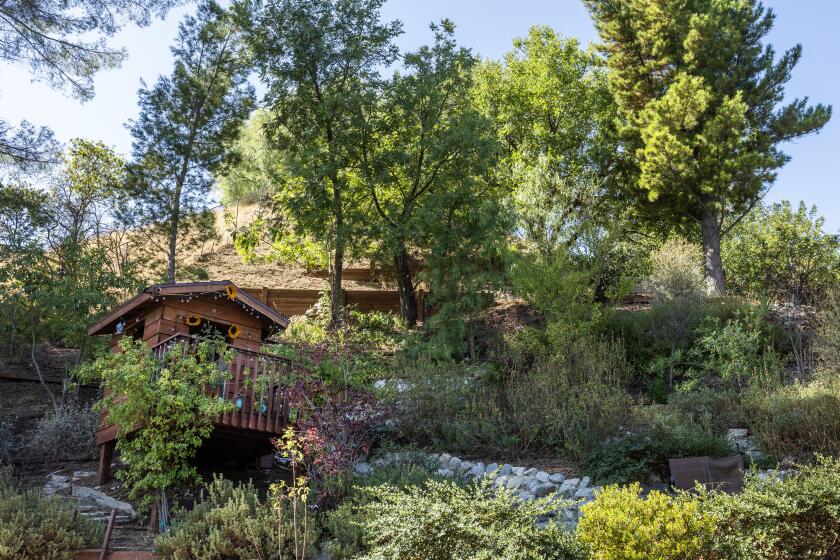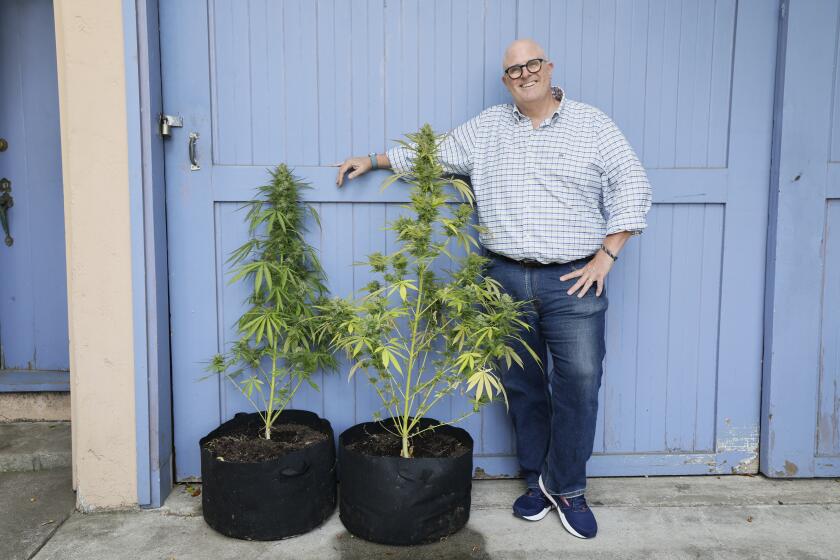Sneak Previews of Forthcoming Books of...
IN 1934, O’Keeffe explored the region north of Abiquiu. She was so happy with the grandeur and untouched beauty of the country that when she reached Ghost Ranch, and found they had a place for her to stay, she went back to where she had been living, packed her things and returned to stay. There she rented a one-room cottage with kerosene lamps and wide board floors. She ate at the lodge, and spent her days out of doors painting.
Georgia, New Mexico, 1934:
This evening the sun was low and I walked into the Red Hills toward the East looking for an herb that an old Mexican woman told me about--I had a little basket. I found the herb. It is called chimaja --it is very green--
grows in small bunches--but all the bunches which are not protected by rocks or sticks or some other little growing thing had been eaten by the antelope. The tracks were all about. However, I got maybe a quart of the herb by hunting--picking--and cutting--and tho’ I’ve washed my hands several times since I came in they still smell sweet--a kind of sweetness like the taste of a fine mango.
I loved walking through the red and purple earth--bending or hunting often to pick the small fragrant leaves. You cook it with eggs or put it dried in soup--and it amused me to be hunting something the antelope likes so well--it entertains me, too, to find something to eat growing out in that bare place. I guess it is because I can like doing things like that--that I find living in a place like this so good. I do find it very good.
Georgia, in an undated letter, New Mexico:
I am on the train going back to (Alfred) Stieglitz--and in a hurry to get there--I have had four months west. It has been like the wind and the sun--there doesn’t seem to have been a crack of the waking day or night that wasn’t full--I feel so alive that I am apt to crack at any moment. I have frozen in the mountains in rain and hail--and slept out under the stars--and cooked and burned on the desert--my nose is peeled and all my bones seem sore from riding--I drove with friends through Arizona, Utah, Colorado, New Mexico. I even painted and I laughed a great deal. I went every place that I had time to go--it is my old way of life--and I like it. I would just go dead if I couldn’t have it.
From the time she had first gone to New Mexico its landscape held her enthralled. Painting the bones, with their subtle graduations, and places with depth and distance, now had great meaning to her. Her arrangements of deers’ horns and cows’ skulls with clouds, mountains or flowers were not weird or strange to her. On her daily walks, she was struck by the beauty of their shapes and colors, by their contrasts. Along with the starkness of the country, she felt its rhythms; along with its realism, she felt an inner depth. She was now able to convey the feeling she wished through greater knowledge of the land and mastery of technique.
Georgia, catalogue statement, 1939:
. . . A flower is relatively small. Everyone has many associations with a flower--the idea of flowers. You put out your hand to touch the flower--lean forward to smell it--maybe touch it with your lips almost without thinking--or give it to someone to please them. Still--in a way--nobody sees a flower--really--it is so small--we haven’t time--and to see takes time like to have a friend takes time. . . . So I said to myself--I’ll paint what I see--what the flower is to me but I’ll paint it big and they will be surprised into taking time to look at it--I will make even busy New Yorkers take time to see what I see of flowers.
Well--I made you take time to look at what I saw and when you took time to really notice my flower you hung all your associations with flowers on my flower and you write about my flowers as I think and see what you think and see of the flower--and I don’t.
Then when I paint a red hill, because a red hill has no particular associations for you like the flower has, you say it is too bad that I don’t always paint flowers. A flower touches almost everyone’s heart. A red hill doesn’t touch everyone’s heart as it touches mine and I suppose there is no reason why it should. The red hill is a piece of the badlands where even the grass is gone. Badlands roll away outside my door--hill after hill--red hills of apparently the same sort of earth that you mix with oil to make paint. All the earth colors of the painter’s palette are out there in the many miles of badlands. The light maples yellow through the ochres--orange and red and purple earth--even the soft earth greens. You have no associations with those hills--our wasteland--think our most beautiful country--You may not have seen it so you want me always to paint flowers.
I have wanted to paint the desert and I haven’t known how. I always think that I cannot stay with it long enough. So I brought home the bleached bones as my symbol of the desert. To me they are as beautiful as anything I know. To me they are strangely more living than the animals walking around--hair, eyes and all their tails switching. The bones seem to cut sharply to the center of something that is keenly alive on the desert even tho’ it is vast and empty and untouchable--and knows no kindness with all its beauty.
Copyright 1988 by the estate of Anita Pollitzer. Reprinted by permission of Touchstone Books/Simon & Schuster.
Sign up for The Wild
We’ll help you find the best places to hike, bike and run, as well as the perfect silent spots for meditation and yoga.
You may occasionally receive promotional content from the Los Angeles Times.



